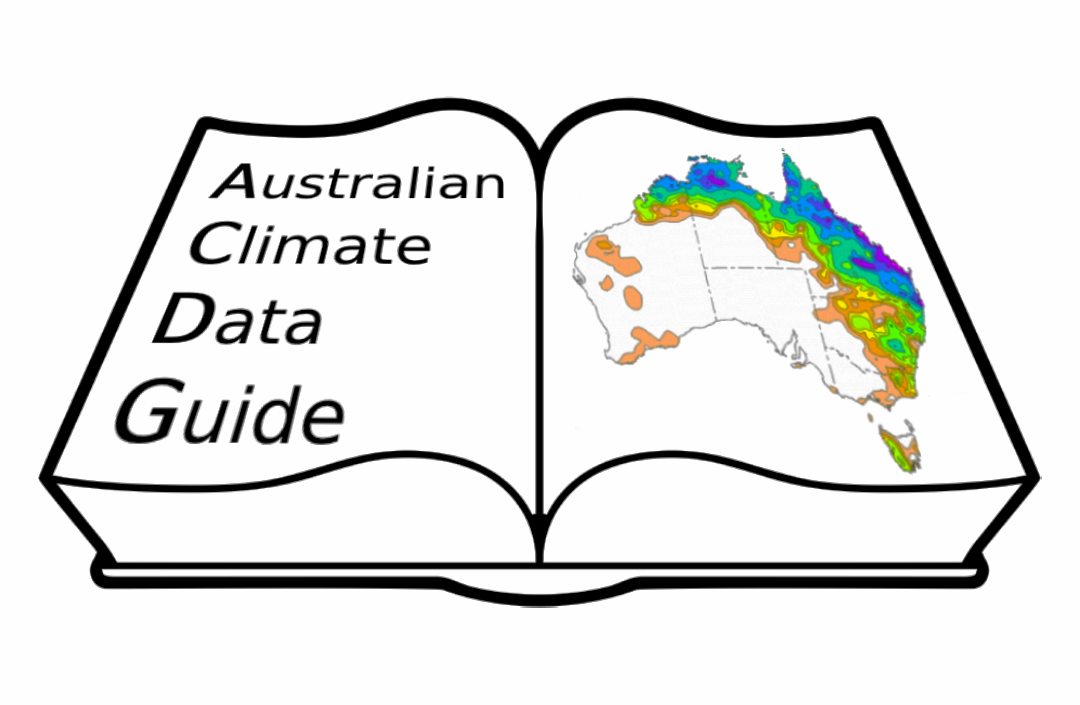Conventions and standards#
Data conventions and standards are an important tool to manage your data in a way it can be easily and effectively shared with others.
Conventions help achieve this in two ways:
formatting the data in a way which is easy for others in the same community to use;
providing enough information about the data (metadata) in a shared “language” so others can understand the data as it was meant to by its creator.
Conventions are also convenient for anyone using them, as they provide an easy to adopt template for the data and there is no need to invent a new data model with every new project. What’s more, they help with consistency, and you are less likely to misinterpret your own data later on. Some conventions are universally adopted such as the metric unit system, and we all use them without even noticing anymore. Others are community specific and are developed to tackle specific data formats and the needs of a scientific discipline.
To read more about why data standards are important there is this article from the ARDC. The climate research community uses mostly netCDF (Network Common Data Format) as a data format. NetCDF is a self-describing binary format which means that metadata information is stored with the data itself. The Climate and Forecast Conventions (CF Conventions) were developed to standardise this metadata.
